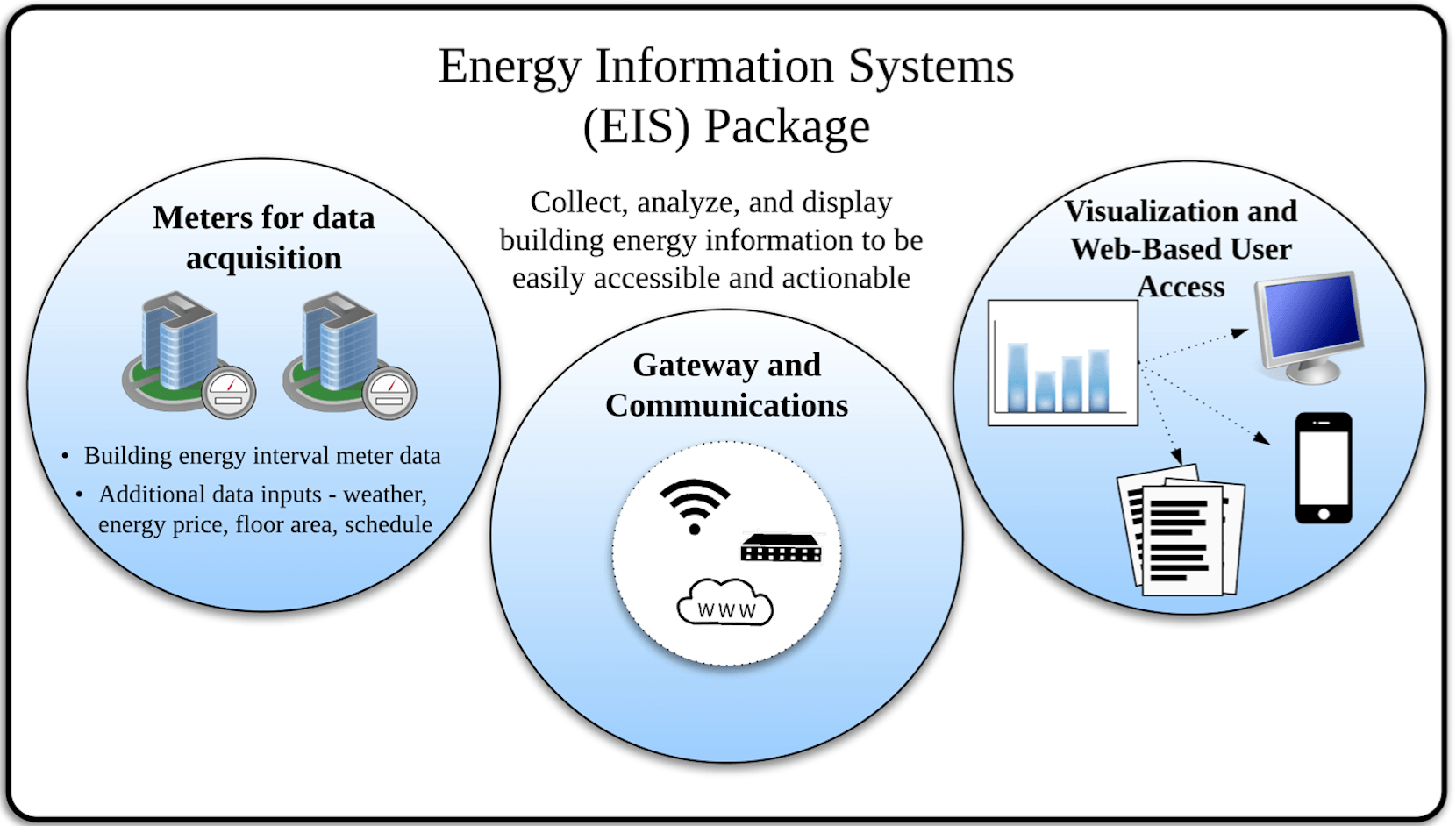*Special thanks to Energy to Care sponsor Johnson Controls and technology partner Lucid. Discover more about ASHE’s Energy to Care program here.
On Friday of last week, ASHRAE posted a proposed Addendum to ASHRAE Standard 170, Ventilation of Health Care Facilities. ASHRAE issued this Addendum for what is called “Advisory Public Review”. (i.e. ASHRAE will not necessarily take any particular actions in response to comments received.) They are using this opportunity to collect thinking on the basic soundness of the concepts and identify any big gaps they can fill prior to issuing it for actual public comment.
Origin of Addendum
This particular Addendum was created by an international collaborative of epidemiologists, infection preventionists, micro-biologists, and designers working together over the course of 2016. The Addendum recognized that no one set of black and white regulations could adequately cover all possible scenarios, and that allowing some flexibility using local knowledge would allow better outcomes.
For instance, there is a hospital in Florida that has patient rooms with two, four, and six air changes. They report, they say, no difference in hospital acquired infections between these three types of rooms. How should we set standards for these three spaces?
The Predicament
Or, consider the case of two different hospitals. Hospital A is a large tertiary care, safety-net hospital, caring for large numbers of immigrants and people with fewer resources. Hospital B is located in a small Midwestern town with a very constant population and with little tourism or other reasons for people from outside to visit. Should both hospitals be required to adhere to the same ventilation standards?
One microbiologist who worked on this addendum said that a one-size-fits-all solution is rarely the right answer to a complex question. Policy makers, faced with a one-size fits all need, will have to opt for a rule that takes in most levels of risk, and such a rule is very likely to be too much for some cases. In this case, for example, it is assumed that, when an organization faces a threat and needs to do MORE ventilation (or pressurization or filtration, etc), the local people will identify the risk and adjust to meet it. In the same way, when the organization has a lower risk, it ought, using the same expertise, to be able to do less.
Further, ASHRAE is an international organization. It serves hospitals in many places where medical practices vary from those in the United States, both in the threats they confront and in the ways they manage these threats. Should every country follow exactly the same standards regardless of the way they operate? And, if a hospital in the US starts to operate the way a hospital in another country operates, should it be able to follow different standards?
None of these are easy questions, which is why the people at ASHRAE and other organizations do us such a valuable service, as they try to find the right balance between doing what’s necessary to protect the health and safety of people in these buildings and the costs and feasibility of doing so, especially in the context of the available evidence.
Assessing Local Threats
The new addendum seeks to recognize the differences in community levels of health threats and the differences in managing them. It follows the pattern created by ASHRAE’s Legionella standard, requiring a health facility to pull together a team consisting of Infection Prevention (IP) professionals, Epidemiologists, Facility Management engineers, and risk managers, to assess levels of community risk. Then, based on that assessment, and only in areas that do not contain immune-compromised patients or infectious patients, they can better tailor their ventilation standards to their respective levels of risk.
We think this approach makes sense. We worked with ASHRAE on 188, and we have seen what teams of thoughtful IP’s and Epidemiologists and Facility Managers can do (together).
So, if you have a perspective on this question, ASHRAE is inviting comments. You can find the proposed addendum here:
Thank you for your help in making these standards better.


